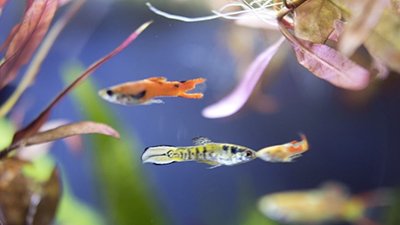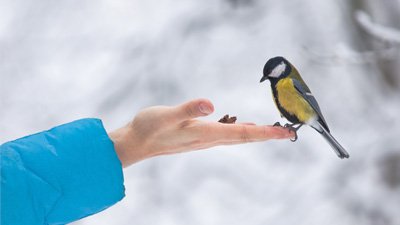
Unisexual Lizards
Unisexual lizard species: evolutionary dead-end or created reproductive strategy?
News Source
- Ars Technica: “All-female Lizard Species Created in the Lab”
A clone-capable lizard has been bred in the laboratory. A cross of two species of the whiptail lizard produced four hybrid females which have produced four generations of healthy cloned offspring.
Organisms which can clone themselves are common among plants and invertebrates, and more than 80 have been discovered among fish, amphibians, and reptiles.1 Many have wondered how genetic diversity could be perpetuated in such species and how such a clone-capable species could arise in the first place. This study has demonstrated at least one way.
Genetic studies of the Aspidoscelis whiptail lizard, in which 7 of the 12 known species exist as unisexual cloned female populations, have suggested that certain hybrids were clone-capable and that others became so after acquiring an extra set of chromosomes from a male. “But for all the evidence of these historical hybridizations, it has been remarkably difficult to observe in the present.”
This fine bit of lizard husbandry has succeeded in producing lizards from lizards. This is is variation within a kind, not evolution.
While some are hailing this accomplishment as proof of “how new parthenogenetic lizards could evolve in nature,” nothing evolutionary has happened here. No evidence that new genetic information was created has been offered. No progress has been made toward production of a new kind of creature. (Many species, generally capable of interbreeding, can be part of the same created kind.) This fine bit of lizard husbandry has succeeded in producing lizards from lizards. This is variation within a kind, not evolution.
God evidently created certain creatures with the ability to reproduce in the absence of males. This ability would keep the population alive and allow the creature to continue filling its ecological niche during unfavorable times. Furthermore, by allowing a mechanism by which the cloning ability is enabled when certain hybrid species emerge, those hybrids are able to clone themselves to create a population group. Research with salamanders has suggested that sexual reproduction may occur intermittently in these sorts of cloned populations, producing viable animals having multiple sets of chromosomes (polyploidy). It is possible that this may prove to be a way of adding genetic diversity to a cloned population.
Further Reading
- Get Answers: Genetics
For More Information: Get Answers
Remember, if you see a news story that might merit some attention, let us know about it! (Note: if the story originates from the Associated Press, FOX News, MSNBC, the New York Times, or another major national media outlet, we will most likely have already heard about it.) And thanks to all of our readers who have submitted great news tips to us. If you didn’t catch all the latest News to Know, why not take a look to see what you’ve missed?
(Please note that links will take you directly to the source. Answers in Genesis is not responsible for content on the websites to which we refer. For more information, please see our Privacy Policy.)
Footnotes
- William B. Neaves and Peter Baumann, “Unisexual Reproduction Among Vertebrates,” Trends in Genetics 27, no. 3 (March 2011): 81–88, doi:10.1016/j.tig.2010.12.002.

Answers in Genesis is an apologetics ministry, dedicated to helping Christians defend their faith and proclaim the good news of Jesus Christ.
- Customer Service 800.778.3390
- Available Monday–Friday | 9 AM–5 PM ET
- © 2025 Answers in Genesis



